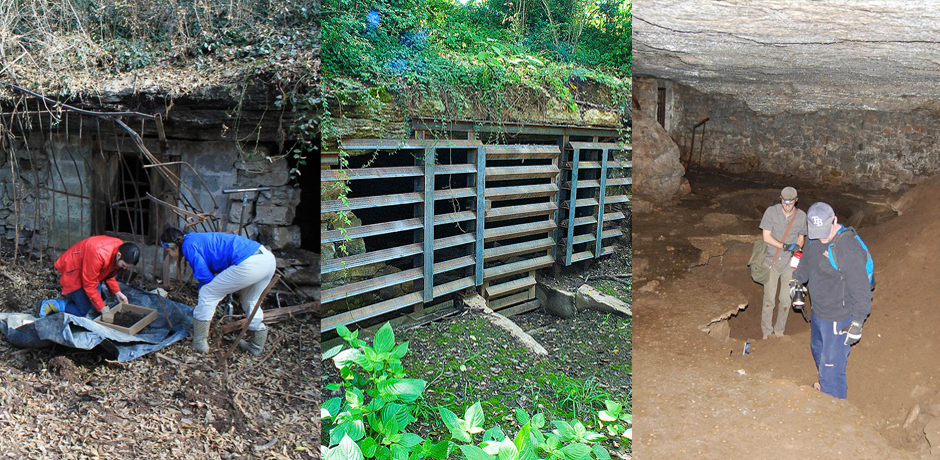The Murfreesboro Parks and Recreation Department will continue working toward transferring Black Cat Cave to MTSU pending final administrative and legal approvals, the city announced recently.

MTSU archaeology students team with personnel from the Tennessee Division of Archaeology to do a field study on the Black Cat Cave archaeological site in north Murfreesboro. Public access to the site is closed after prehistoric Native American remains and artifacts were discovered. (Submitted photo)
The Murfreesboro City Council authorized the Parks and Recreation Department to move forward with pursuing the transfer Oct. 7, a decision that follows previous approvals from the Parks and Recreation Commission and Murfreesboro Planning Commission.
“There are many factors that are being researched regarding the current and future preservation of the site in reference to its status as a Native American cemetery,” Parks and Recreation assistant director Angela Jackson said in a city news release.
“We believe that MTSU is likely better able to preserve, protect and continue to study the history contained in this site for the long-term.”
MTSU officials said the university is researching the issue and will continue discussions with the city.
The 2.4-acre site was at one time federally owned. On Sept. 9, 1971, the United States quitclaimed the parcel that includes the entrance to the cave to the city, the release states.
With stipulation that the property be used for “public park and recreational purposes,” Murfreesboro Parks and Recreation maintained the area as a roadside park with picnicking amenities. The cave’s entrance had been closed and fenced.
 Black Cat Cave is the reputed location of a speakeasy during the 1920s Prohibition Era.
Black Cat Cave is the reputed location of a speakeasy during the 1920s Prohibition Era.
After discovering that a concrete floor had been placed over parts of the cave’s natural floor had been broken and the soil beneath it dug away, a team of MTSU professors and students, along with archeologist Aaron Deter-Wolf from the Tennessee Division of Archeology, worked to replace the soil to its prior location.
During that process, human remains and artifacts were discovered and eventually determined to be a Native American cemetery.
The City of Murfreesboro then took steps to better secure the site and eventually constructed a new gate system that limits access. The park remains closed to the public.
Until uncovered by the vandalism, the city had no knowledge of any evidence of prehistoric or ancient activities within the cave.
Traditionally, historians and archaeologists believed that for thousands of years much of Rutherford County was used simply as a hunting ground. But the recent discovery of the Black Cat Cave site is expected to rewrite that history.

The City of Murfreesboro hired an engineering firm to design this new gated entrance at the Black Cat Cave archaeological site in north Murfreesboro. Public access is no prohibited after MTSU archaeologists discovered prehistoric Native American artifacts at the site. (Photo by Jim Davis/Murfreesboro Parks & Recreation)


COMMENTS ARE OFF THIS POST